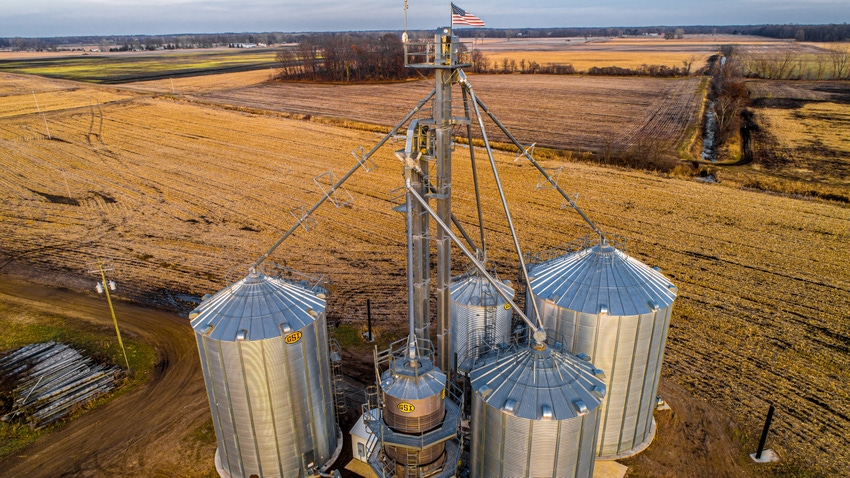
In the last Family Farm Success post, I addressed why it’s so hard to plan for succession—the worries and roadblocks that often prevent progress. Now let’s take the first two steps to get started.
Define the goal
What do you want to accomplish? Why? To help answer these questions, try this fill in the blank exercise:
Five years from now, if we’re successful, I’ll be saying, “I am so glad we were able to do _____ because _____. That led to _____ happening in our business/family.”
Some examples:
I’m so glad we were able to design it so Sandy will get more of the farm assets than the other kids because I promised her that. That led to a good plan for the farm to survive. And the other kids will receive some money when I die.
I’m so glad we hired Tim to be our financial person because that’s not my strong suit. That made my parents comfortable stepping back more. They’re enjoying retirement and I’m confident leading the business without them.
I’m so glad the kids figured out how to work well together because that really worried me. That made me more confident they can be good business partners long-term. Now I’m ready to work on my estate plan.
Separate estate planning from succession planning
These words are, unfortunately, often interchanged in our industry. Sometimes they overlap and sometimes they are distinctively different projects.
Estate planning, in general, is the transfer of assets and wealth (think: things) at death. Sometimes estate planning transfers assets before death as part of a long-term plan.
Succession planning is transferring decision-making and leadership (think: people, processes).
I like to broaden the concept a bit to say, you generally need to plan for transitions in ownership and transitions in leadership, and don’t assume one always includes the other!
Why should you care?
Transitions of ownership involve technical solutions that usually have a specific legal or financial answer. Certainly, difficult, subjective decisions must be made. But once you make those decisions, the execution is specific, and the plan is relatively ‘set’ for some period of time.
Conversely, transitions of leadership take place every day over an extended period of time. You’re continually adapting to the situation as it evolves. Those are different skills sets and different processes.
In the next installment, we’ll take on the next two steps: setting estate planning priorities and building a succession planning team.
Davon Cook is a family business consultant at Pinion. Reach Davon at [email protected]. The opinions of the author are not necessarily those of Farm Futures or Farm Progress.
About the Author(s)
You May Also Like






